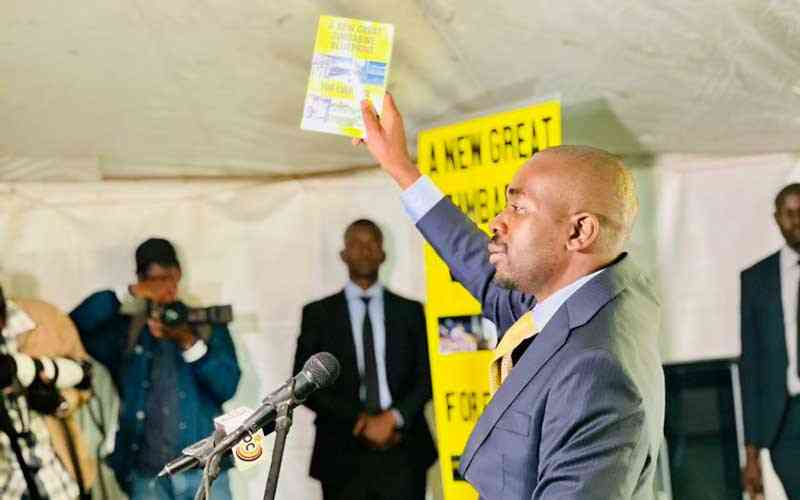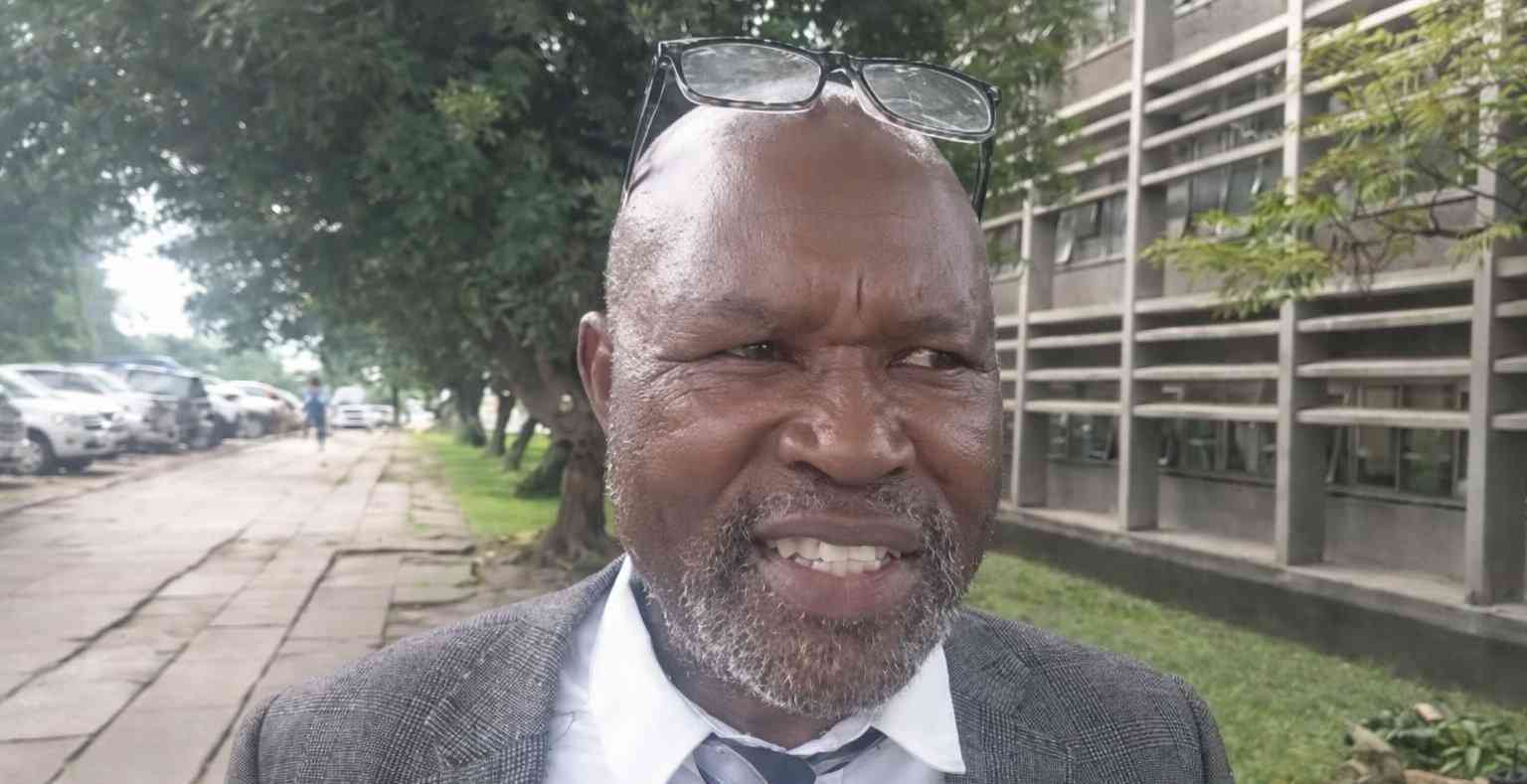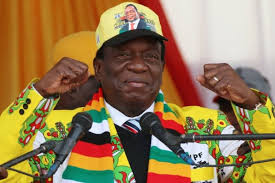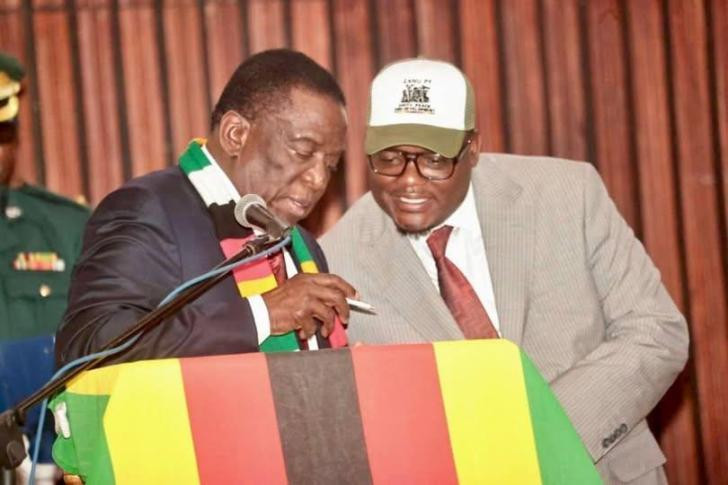
Any great nation is predicated on a shared vision, shared values and a clear blueprint of how hope can be transformed into a product that can change the quality of life of citizens.
The leader of the Citizens Coalition for Change , Advocate Nelson Chamisa recently launched the party ‘s election blueprint , aptly dubbed The New Great Zimbabwe Blueprint.
May I hasten to say that for change to be delivered it is not only important, but absolutely imperative for that change to be defined and described.
This is what the country needs, not just a description of what is wrong because one does not need to be a philosopher of political scientist to describe the economic and political quagmire that we face as a people.
The New Great Zimbabwe blueprint offers hope to the nation by providing a well thought out empirical policy framework to transform the fortunes of the country.
I will pick a few nuggets from the blueprint to elicit why a great new Zimbabwe is possible and why this manifesto is a crucial factor in uplifting the nation from its current morass.
Refreshingly the blueprint offers clear and implementable policy alternatives and options .
A shared national vision
- Chamisa party defiant after ban
- Village Rhapsody: How Zimbabwe can improve governance
- News in depth: Partisan police force persecutes opposition, shields Zanu PF rogue elements
- Chamisa chilling death threat bishop defiant
Keep Reading
The New Great Zimbabwe document outlines the importance of a citizen-centered vision formulation process as a foundational cornerstone for nation building .
While the country has had many vision documents such as Vision 2020 and vision 2030 this blueprint provides a radical paradigm shift in that it moves the process of vision formulation away from the centre to the periphery which is the domain of citizens.
In order for the country to transition to a booming social, economic and political giant it is critical for Zimbabweans themselves to define where they want to see the country going and what they expect from the government.
This bottom up approach is a tool of reconciliation and reconstruction which provides a roadmap of where the country as a collective entity desires to be .
The blueprint locates the process of vision formulation within the first 100 days of a CCC government.
A shared national vision is the beginning of the journey of transformation and the key to unlocking a theory of change with a clear roadmap to transformation.
A theory of change in layman’s terms is all about describing how change will happen.
It outlines how we want to get to where we want to go and the steps it will take to get there .
A nation without a vision is doomed and a nation without a shared vision, shared values sets itself up for failure so the shared vision process articulated in the Great New Zimbabwe blueprint is a manifest commitment to the prosperity of posterity .
The process of sculpting a shared vision is a tool of reconciliation and reconstruction premised on citizens being the centre of nation building.
This vision-casting process will result in a national vision made in the image of the people of Zimbabwe in their diversity and multiplicity.
Reconstruction
Reconstruction and modernisation of the country’s infrastructure is a canon that is eloquently articulated in the document providing the basis of a growing developmental state and ensuring that the quality of life of citizens is improved.
The country’s infrastructure, especially the public transportation system and infrastructure, is dilapidated and archaic.
There is need for a new road and rail system which is central to economic recovery.
The blueprint proposes modernization of the public transportation system epitomized by a modern rail/tram system which would boost business and the well-being of citizens.
For that to happen, a substantial investment would need to be made by government as well as other players using models such as the public-private partnership models amongst a basket of infrastructural development models .
Importantly the document envisages an infrastructure masterplan, which would explore reconstruction and modernization of road, rail ,communication, water and energy infrastructure .
Devolution and local governance
An exciting feature of the raft of policy proposals is that of proper, planned and effective devolution of power to other tiers of government namely provincial governments and local governments.
A system of five autonomous regions with governors is proposed at sub national level whilst at local metropolitan/city level executive mayors will be reintroduced.
This is a welcome break from ceremonial, ornamental ribbon-cutting mayors who are unable to effectively preside over local authorities thus bringing a devolution development dividend.
Critically, this model of devolution provides an effective local government framework bringing about the following:
1.Greater control of local resources by communities
2.Relevant local policies and laws
3.Effective service delivery
4.Facilitatting greater transparency and accountability
5.Enabling ease of doing business
6.Bringing government closer to the people
Foreign policy
The document proposes to integrate Zimbabwe into the global family of nations.
This is an important step as no nation is an island and no country can survive on its own. Restoration of human rights and sound governance are the first steps in achieving this .
Quite clearly the blueprint advocates for multilateralism, engagement and an open door policy based on the country’s principled positions.
This will open the door for foreign direct Investment thus creating jobs and opportunities for citizens.
Agriculture
The issuing of title deeds to resettled farmers is a critical policy shift which will genuinely empower resettled farmers as it will unlock security of tenure with downstream benefits such as access to credit.
The proposed one tractor a village is attainable in the long terms and will transform agricultural productivity .
All in all the blueprint is a sure sign that Zimbabwe will be in good hands under the leadership of Chamisa and CCC.
Other key concepts outlined in the document include:
- Health: Access and quality of health services especially primary health care. One new hospital in every district is clearly attainable.
- Education: Doing away with the CALA curriculum and intruding a new curriculum which recognises that children and learners are gifted differently and focus should be on bringing out the best in children according to their unique talents and giftings instead of the current one size fits all education model .
- Reconciliation: The blueprint proposes restorative, rehabilitative and restitutive justice .
- Economic growth strategies: Stabilising the macro economic environment through prudent, investor friendly economic policies. Policy predictability and policy consistency would be key factors in ensuring that there is a conducive macro-economic environment.
Growing small to medium scale enterprises so that they lead in production and contribution to the GDP .
- Lean and mean government: A small cabinet of not more than 15 people.
- Introducing e commerce and e government culminating in smart government .
- Restoring confidence in government and public institutions .
For this reason it is my humble opinion that Zimbabwe has a great future if it is placed in the right hands and the New Great Zimbabwe blueprint offers hope for the future .
*Dumisani Octavius Nkomo is a CCC candidate for ward 5 in Bulawayo. Nkomo is a writer and organisational development practitioner. He writes here in his personal capacity. Feedback: dumisani.nkomo@gmail or WhatsApp 077967926











